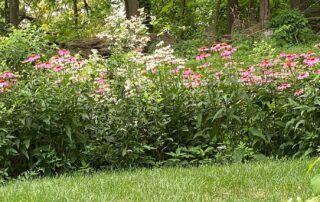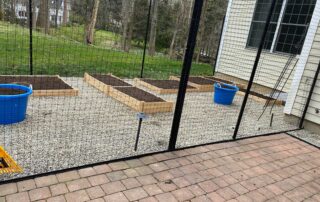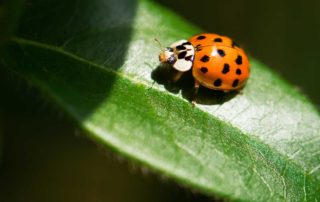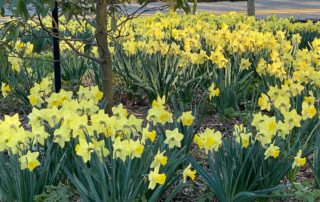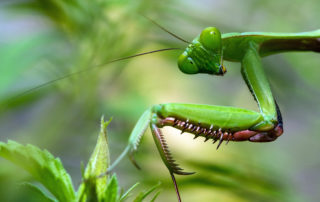Companion Perennial Planting
As with any form of companion planting, doing so with native plants focuses on the idea of beneficial diversity in a sustainable garden. There are numerous benefits native plant companions can provide:Preventing diseases through diversity is of immense benefit. In a monoculture, where many of the same type of plants are planted together, pests can easily spread from one plant to the next. Mixing with companion plants can interrupt this cycle of spread.

